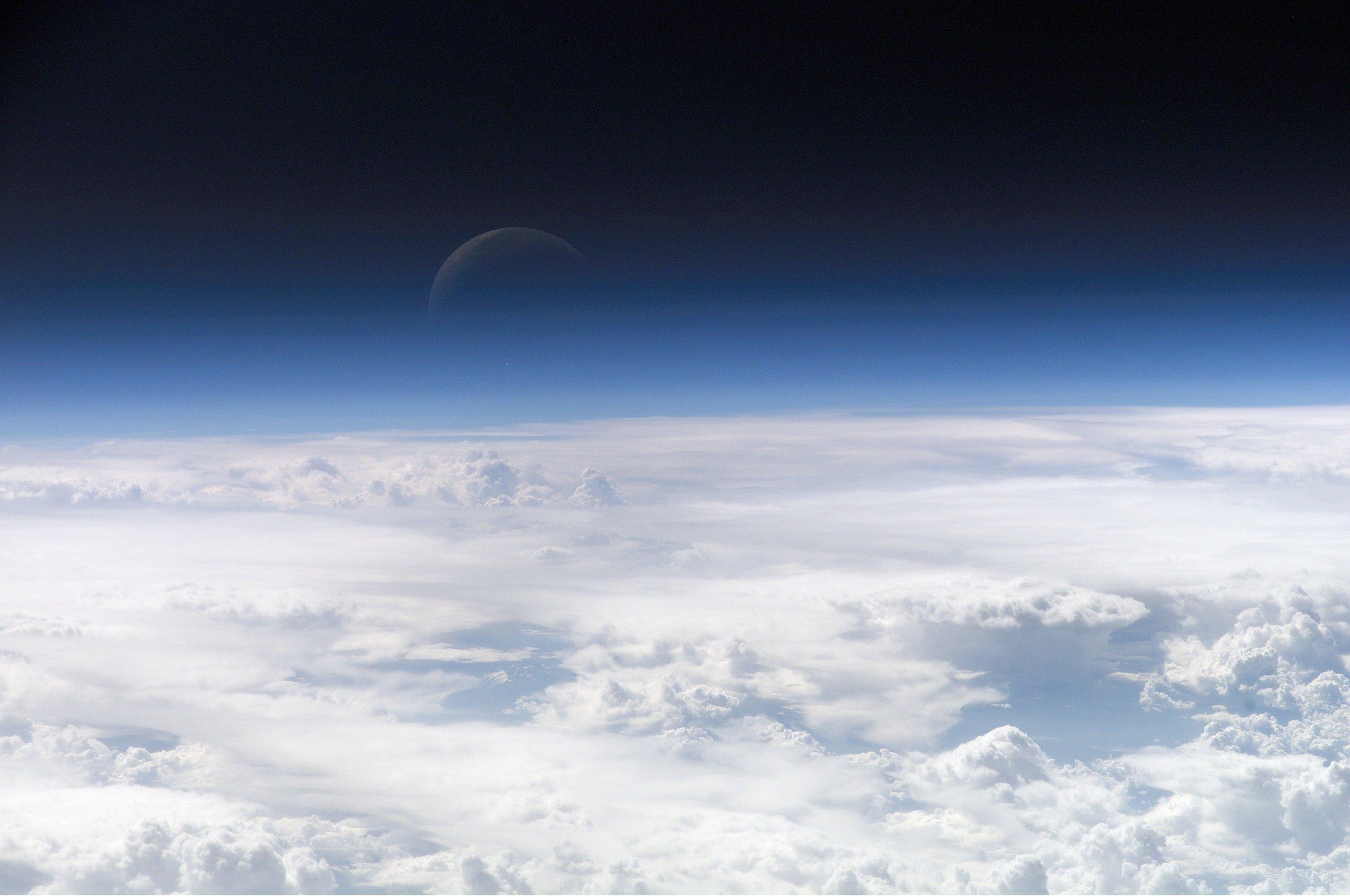A Major Environmental Win as Antarctic Ozone Hole Continues to Heal
Global scientists have confirmed an incredible environmental victory—the ozone layer over Antarctica is steadily recovering and could soon close for good.
Decades after researchers first raised the alarm about the dangerous depletion of this protective layer, a new study has shown with 95 percent confidence that the healing process is directly linked to the reduction of ozone-depleting substances, thanks to global efforts.
A Positive Shift for the Planet
The ozone layer plays a crucial role in shielding Earth from the sun’s harmful ultraviolet rays, which can cause skin cancer, cataracts, and damage to ecosystems. In 1985, scientists discovered a seasonal “hole” in the ozone over Antarctica, primarily caused by chlorofluorocarbons (CFCs), chemicals once commonly used in refrigeration, air conditioning, and aerosols.
The discovery led to swift international action, resulting in the Montreal Protocol of 1987, a groundbreaking agreement to phase out CFCs and other harmful substances. Over the years, the Antarctic ozone hole has been showing signs of shrinking, but scientists were unsure whether this was due to the CFC ban or natural climate variations.
Now, researchers have finally confirmed that the ozone hole is closing because of human action, proving that global cooperation can reverse environmental damage.
The Path to a Fully Healed Ozone Layer
Dr. Susan Solomon, an atmospheric scientist from MIT, hailed the findings as a major breakthrough. “This is the first study that quantifies confidence in the ozone hole’s recovery,” she said. “With 95 percent confidence, it is healing. And that’s awesome. It shows we can actually solve environmental problems.”
Lead researcher Peidong Wang is equally optimistic, predicting that “by 2035, we may see a year with no ozone depletion over Antarctica at all. And for some of us, we’ll witness the ozone hole disappearing completely within our lifetimes.”
A Testament to Global Action
The study serves as a powerful reminder that policy changes and international collaboration can lead to real environmental progress. The Montreal Protocol is often hailed as one of the most successful environmental treaties in history, and this new research reinforces its impact.
While some challenges remain—such as the potential effects of climate change on atmospheric circulation and the presence of certain industrial chemicals—scientists remain hopeful that the ozone layer will fully recover in the coming decades.
A Brighter Future Ahead
This historic progress is a testament to what can be achieved when the world unites to protect the environment. With continued dedication to sustainable practices, the ozone layer’s recovery could mark the beginning of even greater global efforts to combat climate change and preserve our planet for future generations.
For now, this news is a reason to celebrate—because when the ozone heals, we all win.

































